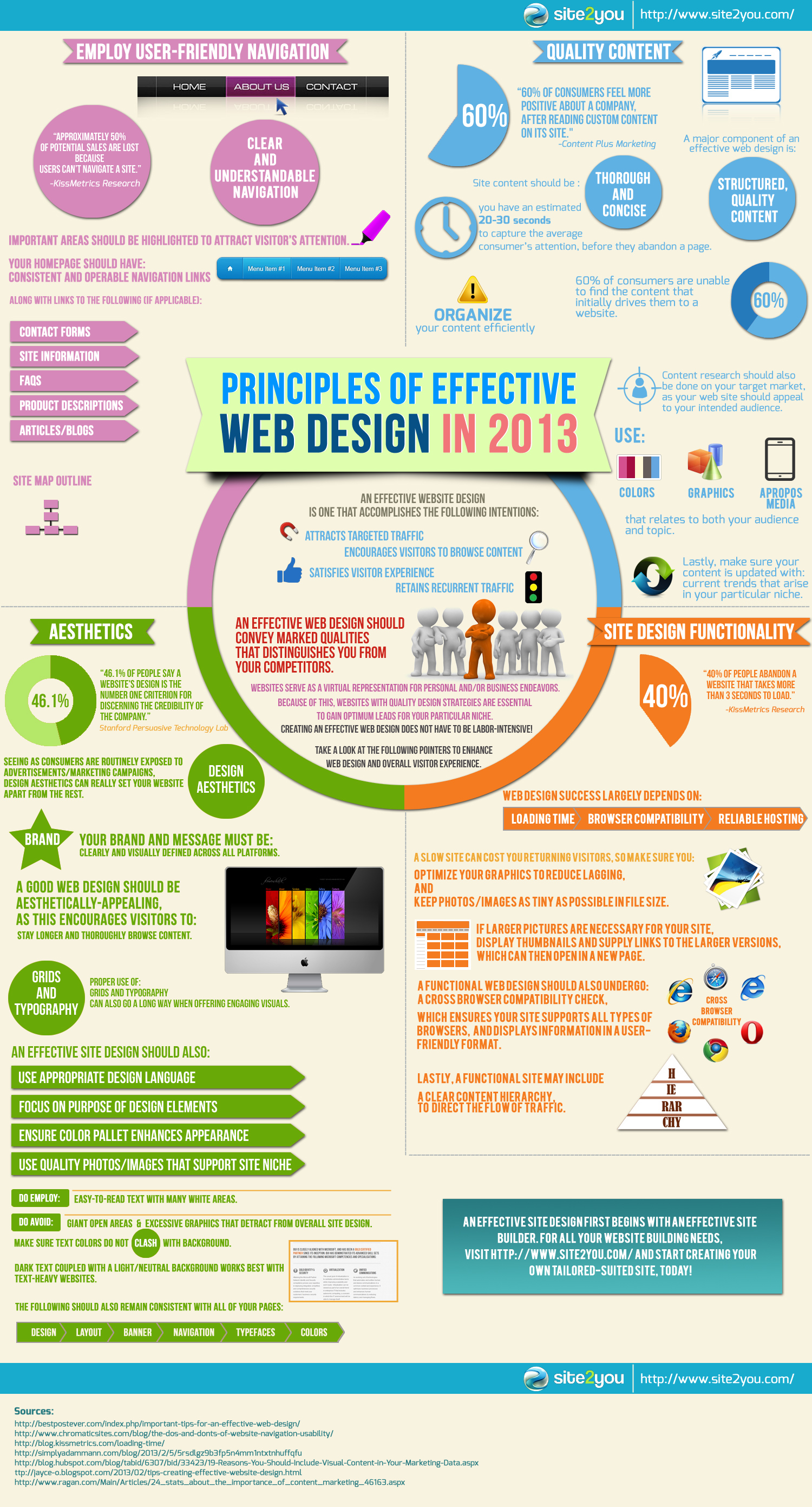Keen To Uncover Exactly How Web Site Design Has Changed Gradually? Study The Development From Simpleness To User-Focused Experiences.
Keen To Uncover Exactly How Web Site Design Has Changed Gradually? Study The Development From Simpleness To User-Focused Experiences.
Blog Article
Article Author-Lamb Dodson
In the past, sites were basic and concentrated on information. Navigating was straight, and layout was for desktop computers. Now, individual experience is essential. Information overviews layouts for very easy navigation. Receptive layouts match different devices. Today, dark setting decreases pressure, and minimalist food selections improve navigation. Interactive features involve individuals, and vibrant visuals stand out. AI combination boosts engagement. See just how design has actually progressed to enhance your on-line trip.
Early Days of Website Design
In the very early days of web design, simplicity preponderated. Internet sites were fundamental, with minimal shades, fonts, and designs. The emphasis was on offering details rather than showy visuals. Customers accessed the net via slow-moving dial-up connections, so rate and functionality were crucial.
Navigating menus were straightforward, usually situated on top or side of the page. read full article were developed for computer, as mobile browsing had not been yet common. https://erickowbin.blogacep.com/35045931/enhance-the-effectiveness-of-your-internet-site-by-using-on-page-seo-methods-that-can-boost-your-online-exposure-and-involve-your-target-audience was king, and designers focused on simple readability over intricate layout elements.
HTML was the key coding language utilized, and designers needed to work within its restrictions. Computer animations and interactive functions were marginal compared to today's standards. content for digital marketing website were fixed, with little dynamic material or individualized individual experiences.
Surge of User-Focused Design
With the advancement of web site layout, a shift towards user-focused layout principles has come to be progressively popular. Today, producing web sites that prioritize individual experience is crucial for engaging visitors and attaining business objectives. User-focused design involves recognizing the needs, choices, and behaviors of your target audience to tailor the internet site's layout, material, and includes appropriately.
Developers now perform extensive study, such as customer surveys and use testing, to gather understandings and feedback directly from individuals. This data-driven method aids in developing intuitive navigating, clear calls-to-action, and aesthetically attractive user interfaces that resonate with site visitors. By placing the customer at the center of the design process, sites can provide an extra personalized and delightful experience.
Responsive design has actually likewise become a vital element of user-focused design, making sure that sites are optimized for different tools and screen dimensions. This versatility enhances availability and functionality, satisfying the diverse methods users interact with internet sites today. In essence, the increase of user-focused design signifies a change in the direction of producing electronic experiences that prioritize the needs and expectations of the end user.
Modern Trends in Web Design
Check out the most recent patterns forming web design today. One famous pattern is dark mode layout, supplying a sleek and modern look while reducing eye pressure in low-light atmospheres. One more crucial fad is minimalist navigating, simplifying food selections and enhancing individual experience by focusing on essential elements. Integrating micro-interactions, such as computer animated buttons or scrolling results, can create a much more interesting and interactive site. Receptive style continues to be crucial, making certain smooth individual experiences throughout different devices. Additionally, utilizing vibrant typography and unbalanced layouts can add aesthetic rate of interest and accentuate particular material.
Integrating AI innovation, like chatbots for consumer assistance or personalized referrals, enhances user interaction and improves procedures. Access has likewise come to be a considerable fad, with developers focusing on inclusive style methods to accommodate diverse user requirements. Embracing sustainability by enhancing website efficiency for speed and performance is one more emerging fad in website design. Working together with customer responses and information analytics to iterate and enhance layout continually is necessary for staying relevant in the ever-evolving digital landscape. By welcoming these modern fads, you can produce an aesthetically appealing, user-friendly site that resonates with your target market.
Conclusion
As you assess the evolution of web site layout from the early days to now, you can see exactly how user-focused design has become the driving force behind modern trends.
Embrace the trip of change and adaptation in web design, constantly keeping the individual experience at the leading edge.
Stay current with the current trends and modern technologies, and never quit advancing your strategy to develop visually stunning and straightforward web sites.
Advance, adapt, and produce - the future of website design is in your hands.
